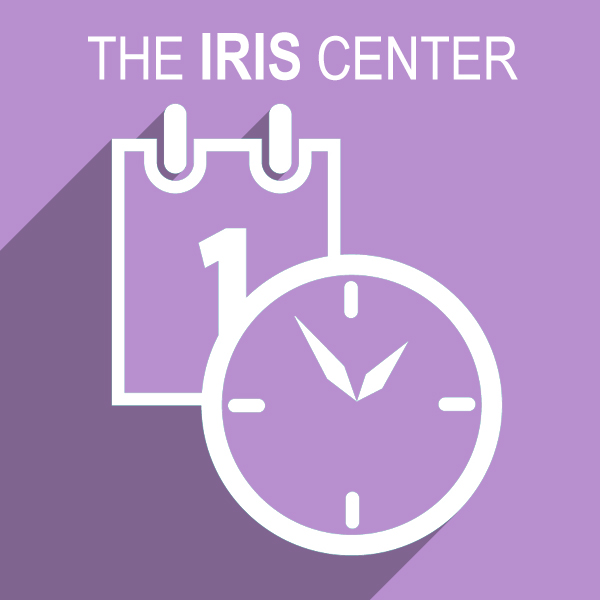Timing and Scheduling Accommodations
 Accommodations are adaptations or changes to educational environments or practices designed to help students with disabilities to overcome learning barriers presented by their disability. Timing and scheduling accommodations allow for changes to how time is organized. These changes can include giving a student more time to complete a test or assignment, breaking a long assignment into smaller pieces or chunks, and allowing the student to receive instruction or take a test during a particular time of day. These adjustments often reduce students’ frustration and fatigue, thereby allowing them the opportunity to access and demonstrate their learning. Timing and scheduling accommodations provide support that allows students with disabilities to achieve the same instructional goals as students without disabilities, however, keep in mind that timing and scheduling accommodations:
Accommodations are adaptations or changes to educational environments or practices designed to help students with disabilities to overcome learning barriers presented by their disability. Timing and scheduling accommodations allow for changes to how time is organized. These changes can include giving a student more time to complete a test or assignment, breaking a long assignment into smaller pieces or chunks, and allowing the student to receive instruction or take a test during a particular time of day. These adjustments often reduce students’ frustration and fatigue, thereby allowing them the opportunity to access and demonstrate their learning. Timing and scheduling accommodations provide support that allows students with disabilities to achieve the same instructional goals as students without disabilities, however, keep in mind that timing and scheduling accommodations:
- Do not change the expectations for learning
- Do not reduce the requirements of the task
- Do not change what the student is required to learn
The table below provides examples, though not an exhaustive list, of timing and scheduling accommodations that address common barriers or challenges students experience when they access or demonstrate learning.
| Common Barriers | Examples Timing and Scheduling Accommodations |
| Processing information |
|
| Staying focused or maintaining attention |
|
| Stamina (i.e., fatigues easily, reduced energy due to medication or medical condition) |
|
| Frustration and anxiety |
|
| Dexterity |
|
| Completing work on time because assistive technology or other equipment requires more time |
|
| Managing time |
|
Some of the accommodations in the table above—for example, timelines—are also instructional strategies or interventions. How can teachers tell the difference between the two when they plan instruction for an individual student? As outlined in the table below, one key difference is the purpose for which each is used.
| Accommodation | Instructional Strategy or Intervention | |
| Definition | Adaptation or change in practices or educational environments (e.g., changes to how time is organized) | Instructional strategy or intervention (e.g., a time-management strategy) |
| Purpose |
Addresses a barrier presented by the disability Allows students with disabilities the opportunity to perform tasks as well as students without disabilities (i.e., levels the playing field) |
Addresses a skill or knowledge deficit but does not specifically address a barrier or increase access Improves the performance of most students with or without disabilities |
| Example: Timeline | Omar has an emotional/behavioral disorder and experiences anxiety when assigned a long-term assignment. To address this barrier, his teacher provides a timeline for completing each portion of the assignment. This eases his anxiety, allowing him to focus on the task at hand. | Many students in Mrs. Templeton’s class fail to turn in assignments on time. For this reason, she decides to implement a timeline to help her students manage their time better and turn in assignments by the due date. |
Following are examples of timing and scheduling accommodations teachers can use to help students access or demonstrate learning.
Example 1:
Kaden is an energetic 10-year-old with ADHD. During instruction, he often becomes distracted by what is going on around him and has difficulty staying focused. To address Kaden’s challenges, his teacher decides to allow him to take two or three one-minute breaks during a 30-45-minute period of instruction (e.g., stand behind his desk).
Example 2:
Rae is a clever 15-year-old girl who has a learning disability. In addition to having difficulty identifying and remembering important information, Rae processes information more slowly than her peers. For this reason, her teacher gives her extended time to take tests. This allows Rae to process what the question is asking and form a response.
Example 3:
Cierra, a six-year-old with autism spectrum disorder (ASD), becomes frustrated when she takes tests. In response, her teacher allows her to take tests (e.g., weekly spelling tests) in two sessions instead of one.
Keep in Mind
It is possible to bundle accommodations within the same category (e.g., two timing and scheduling accommodations) or from different categories (e.g., timing and scheduling and response accommodations). However, teachers might want to start by implementing one accommodation. This will allow the teacher to collect data on a single accommodation, evaluate its effectiveness, and determine whether it is practical for use in the classroom. After effectively implementing one accommodation, the teacher can implement another that might benefit the student.